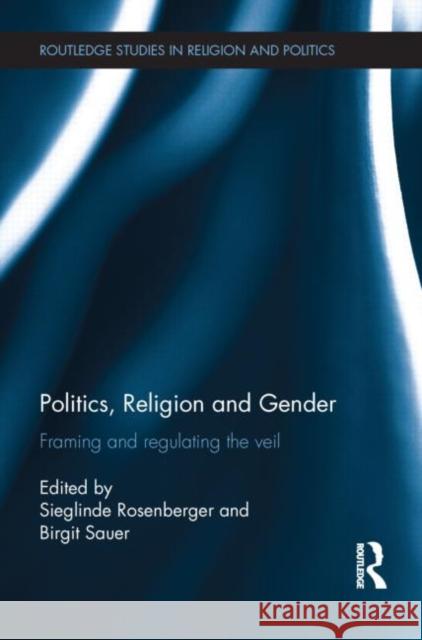Politics, Religion and Gender : Framing and Regulating the Veil » książka
Politics, Religion and Gender : Framing and Regulating the Veil
ISBN-13: 9780415561488 / Angielski / Twarda / 2011 / 264 str.
Politics, Religion and Gender : Framing and Regulating the Veil
ISBN-13: 9780415561488 / Angielski / Twarda / 2011 / 264 str.
(netto: 695,40 VAT: 5%)
Najniższa cena z 30 dni: 705,23
ok. 22 dni roboczych.
Darmowa dostawa!
Utilising a comparative perspective, this work focuses on the different religious, political and cultural meanings of the veiling issue across European countries and on the comparative explanation of veiling regimes in European countries.
Heated debates about Muslim women's veiling practices have attracted the attention of European policymakers over the last decade. The headscarf has been both vehemently contested by national and/or regional governments, political parties and public intellectuals and passionately defended by veil wearing women and their supporters. Systematically applying a comparative perspective, this book addresses the basic question: why does the headscarf tantalise and cause such controversy over issues about religious pluralism, secularism, neutrality of the state, gender oppression, citizenship, migration, and multiculturalism. And as a consequence, why has it become part of the disciplinary practices of some European countries but not of others?
While the need for a collection of interpretative research essays regarding the current debates on the veil in Europe has become evident for quite some time, the possibility of bringing together high quality analysis depended on the existence of a body of critical research focusing on the broad issues associated with the Muslim veil debates. This opportunity was given to the FP6-project "Values, Equality and Differences in Liberal Democracies: Debates about Muslim Headscarves in Europe (VEIL)". In this unique collection the theoretical and empirical research results of the project are presented and evaluated, offering an interdisciplinary scope and European-wide setting.
The book can be seen as comprising of two main parts: Part I will put the focus on the identification of (conflicting) fundamental rights, moral values and political principles addressed in the headscarf debates by the main actors on national and European level Part II contains research results, which aim at contributing to explain the differences and similarities in regulating and legislation with regard to Muslim headscarves in the countries investigated.
Utilizing a comparative perspective this work focuses on the different religious, political and cultural meanings of the veiling issue across European countries and on the comparative explanation of veiling regimes in European countries.











